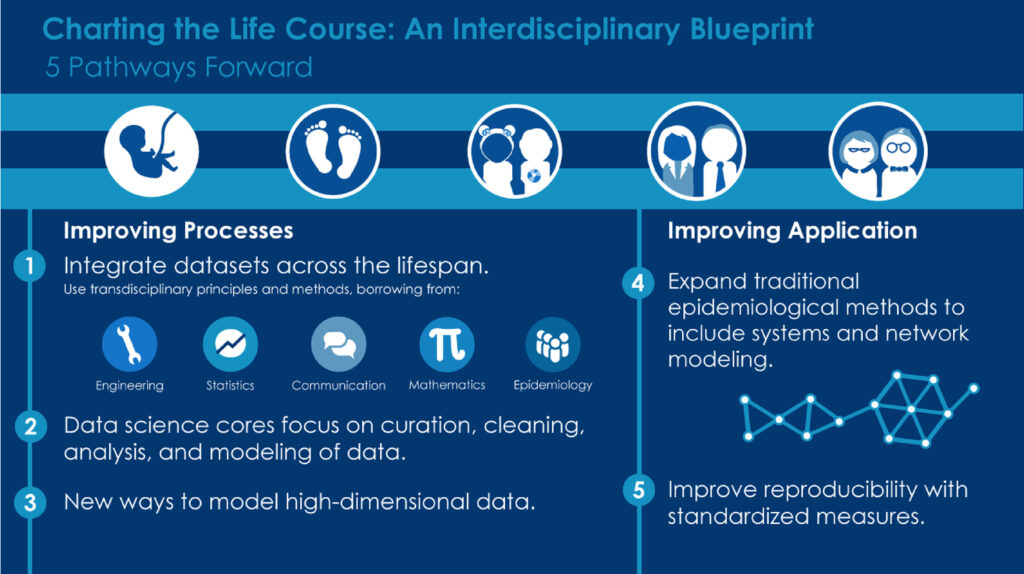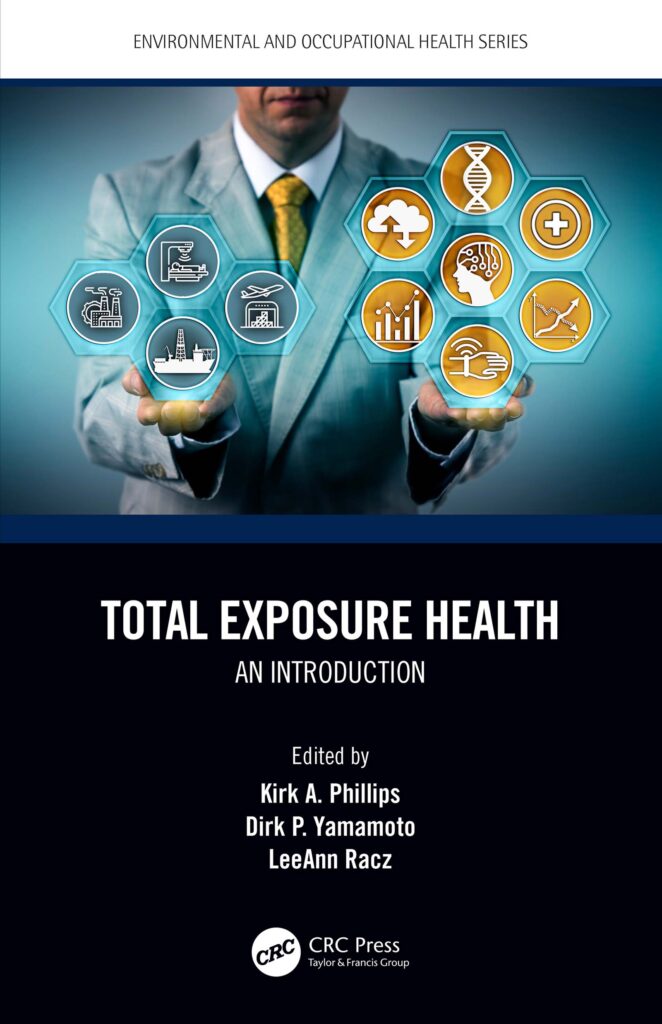Background and Objectives
SARS-CoV-2 emerged in December 2019 and rapidly spread into a global pandemic. Designing optimal community responses (social distancing, vaccination) is dependent on the stage of the disease progression, discovery of asymptomatic individuals, changes in virulence of the pathogen, and current levels of herd immunity. Community strategies may have severe and undesirable social and economic side effects. Modeling is the only available scientific approach to develop effective strategies that can minimize these unwanted side effects while retaining the effectiveness of the interventions.
Methods
We extended the agent-based model, SpatioTemporal Human Activity Model (STHAM), for simulating SARS-CoV-2 transmission dynamics.
Results
Here we present preliminary STHAM simulation results that reproduce the overall trends observed in the Wasatch Front (Utah, United States of America) for the general population. The results presented here clearly indicate that human activity patterns are important in predicting the rate of infection for different demographic groups in the population.
Conclusions
Future work in pandemic simulations should use empirical human activity data for agent-based techniques.
Wang Y, Li B, Gouripeddi R, Facelli JC. Human activity pattern implications for modeling SARS-CoV-2 transmission. Comput Methods Programs Biomed. 2021 Feb;199:105896. doi: 10.1016/j.cmpb.2020.105896. Epub 2020 Dec 8. PMID: 33326924; PMCID: PMC7722504.



